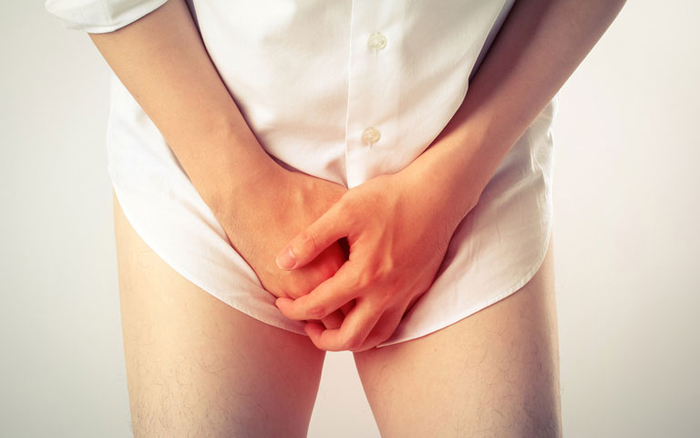
Chancroid is an acute STD characterized by a painful ulcer at the site of inoculation, usually on the external genitalia, and the development of suppurative regional lymphadenopathy.
Causes of Chancroid
Poorly studied. H.ducreyi is inoculated through small breaks in the epidermis or mucosa. Primary infection develops at the site of inoculation, followed by lymphadenitis. Bubo formation occurs with scant organisms and an exuberant acute inflammatory response. The role of the immune response is unknown. Cofactor for HIV transmission: chancroid is the STD most strongly associated with increased risk for HIV transmission. About 10% of patients with chancroid may be coinfected with T.pallidum or HSV.
Symptoms of Chancroid
The first chancroid symptoms typically appear within two and seven days of infection; rarely, symptoms can take up to a month to manifest. Those infected typically notice the appearance of raised, red bumps on the genital region. In men, these bumps usually develop on the penis or perinanal region. In women, bumps generally appear on the labia, cervix, vagina, or rectum. Within a few days, these bumps become filled with pus and eventually rupture, leaving painful, open sores in the genital region. These open sores are known as ulcers, and can range from one to three centimeters in diameter. Ulcers can bleed or ooze pus and can take weeks to heal without medication.
In 50% of chancroid infections, the infection also presents itself in the lymph glands in the genital region. These glands become hard and swollen, and may fill with pus. Known as “buboes,” these swellings can burst, becoming extremely painful.
Diagnosis
The combination of a painful ulcer with tender lymphadenopathy (which occurs in one-third of patients) is suggestive of chancroid and, when accompanied by suppurative inguinal lymphadenopathy, is almost pathognomonic.
Definitive Diagnosis Made by isolation of H.ducreyi on special culture media (not widely available). Sensitivity ≤80%.
Probable Diagnosis Made if patient has following criteria:
- ≥1 painful genital ulcers
- no evidence of T. pallidum infection by dark-field examination of ulcer exudate or by STS performed at least 7 days after onset of ulcers
- clinical presentation, appearance of genital ulcers, and lymphadenopathy, if present, are typical for chancroid and a test for HSV is negative. The combination of a painful ulcer and tender inguinal adenopathy, which occurs in about one-third of patients, suggests a diagnosis of chancroid; when accompanied by suppurative inguinal lymphadenopathy, these signs are pathognomonic.
Treatment
Antimicrobial therapy
- Azithromycin 1 g PO in a single dose, or
- Ceftriaxone 250 mg IM in a single dose or
- Ciprofloxacin 500 mg PO bid for 3 days or
- Erythromycin base 500 mg PO qid for 7 days
Management of sex partners Sex partners should be referred for evaluation and treatment.
References